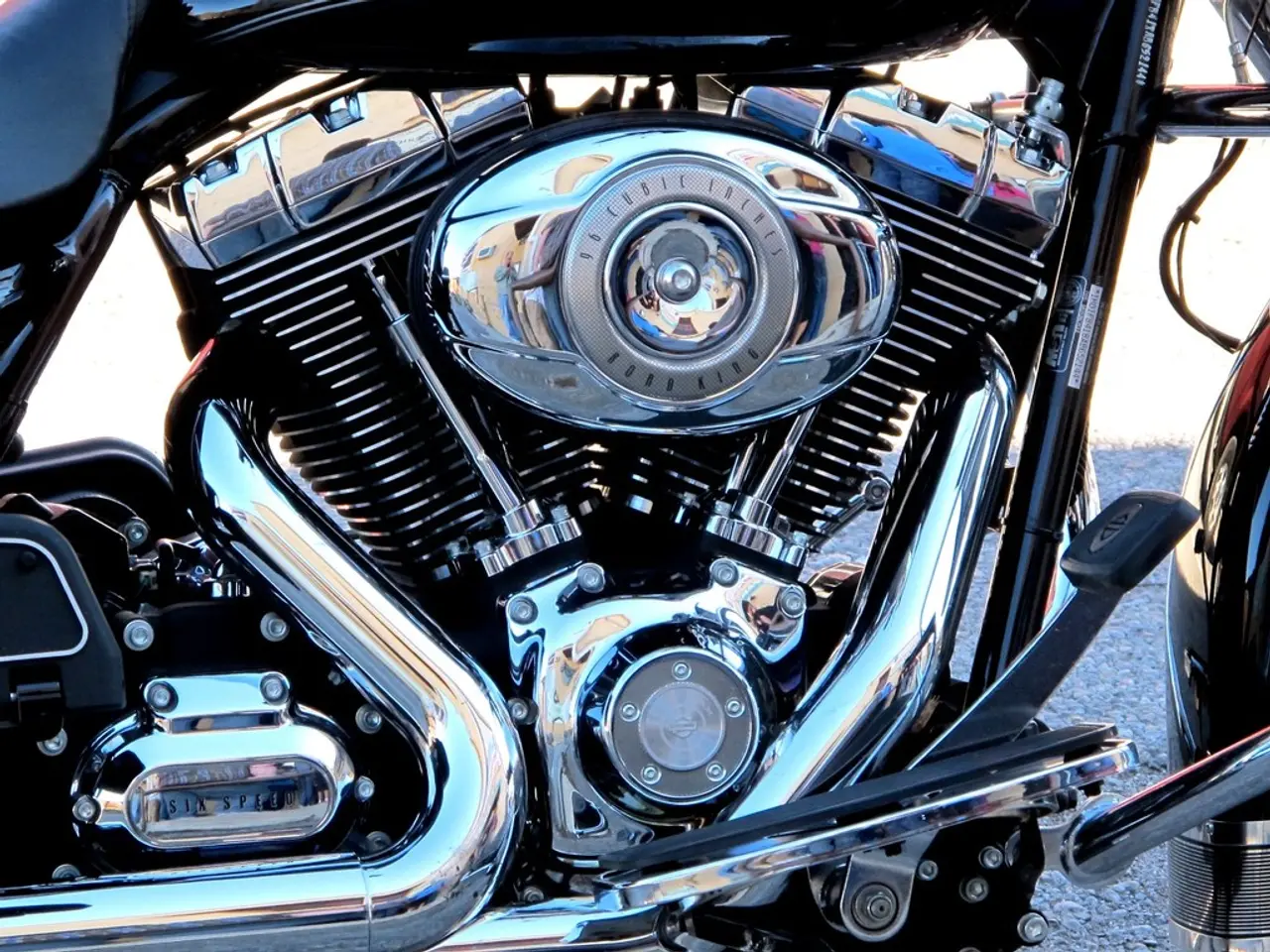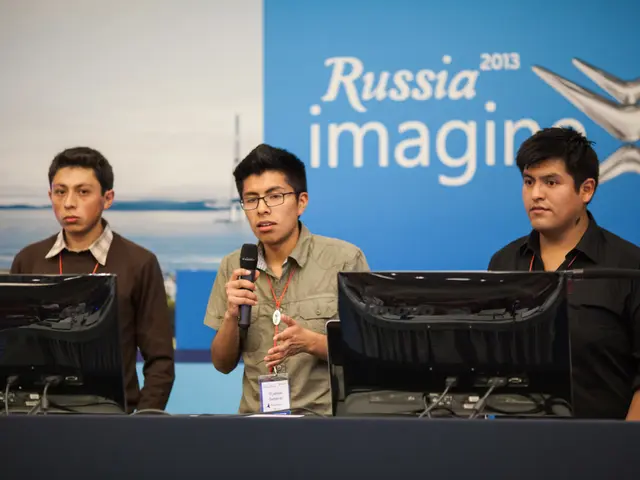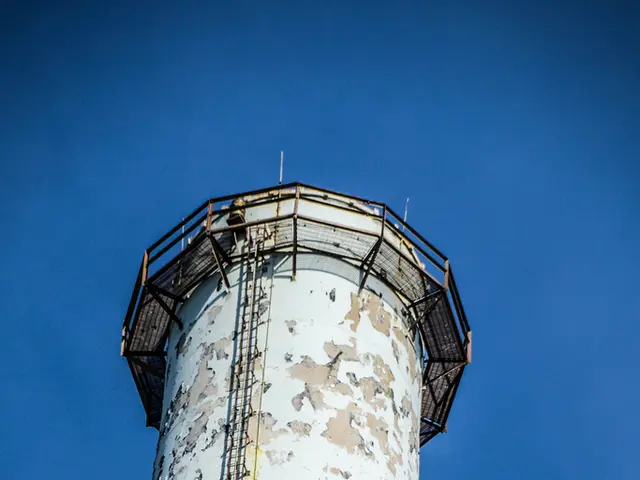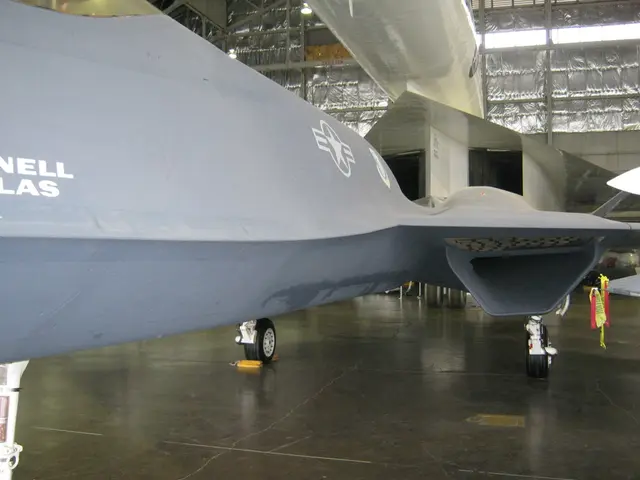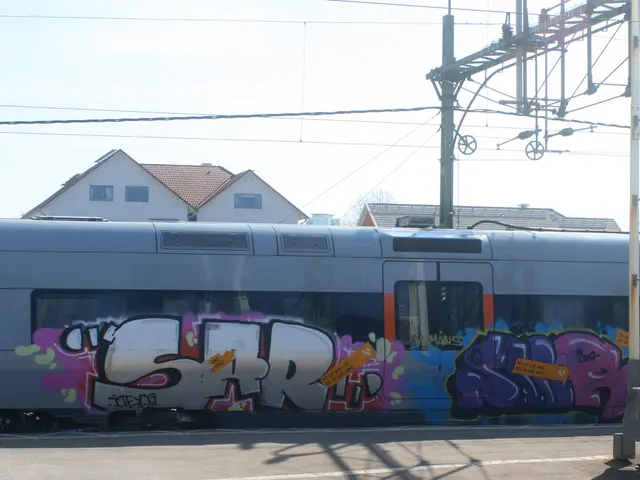Safran Boosts Engine Production with 3D Printers for Advanced Turbine Blades
Safran Aircraft Engines has bolstered its production capabilities with the installation of three advanced 3D printers. The equipment, provided by Lithoz, will enable the company to create intricate ceramic casting cores for turbine blades, allowing them to withstand higher temperatures. This marks a significant milestone for both Lithoz and the aerospace industry.
The CeraFab System S65 printers, installed at Safran's Gennevilliers facility near Paris, were chosen for their exceptional performance, quick production times, ergonomic design, and robust software. They also meet Safran's stringent aeronautical traceability requirements. This investment, completed by 2025, is set to revolutionise serial production of ceramic casting cores.
Lithoz's Lithography-based Ceramic Manufacturing (LCM) technology, paired with co-developed ceramic formulations, offers a reliable and scalable solution. Johannes Homa, Lithoz CEO, hailed the installation as a game-changer, paving the way for next-generation aircraft engine turbine blades.
With the installation of these printers, Safran can now produce complex casting cores at an industrial scale. This will enhance the performance of turbine blades, enabling them to operate at higher temperatures. The aerospace industry stands to benefit from this technological leap, thanks to Lithoz's innovative 3D printing solutions.
Read also:
- Klinikum Landshut Recognized for Exceptional Care in Breast Cancer, Urology, and Orthopedics
- Man Survives 3,300-Meter Skydive Fall After Parachute Malfunction
- Fructose Market Forecasted to Exceed $8.1 Billion by 2034
- Senate Tillis under spotlight in North Carolina as IRA tax incentives remain uncertain
